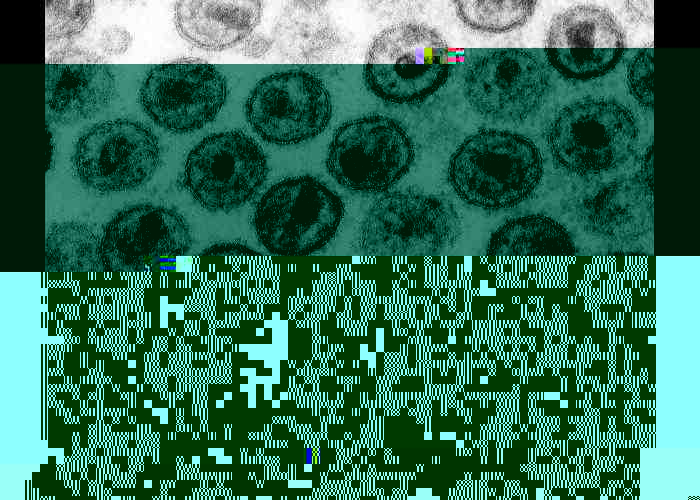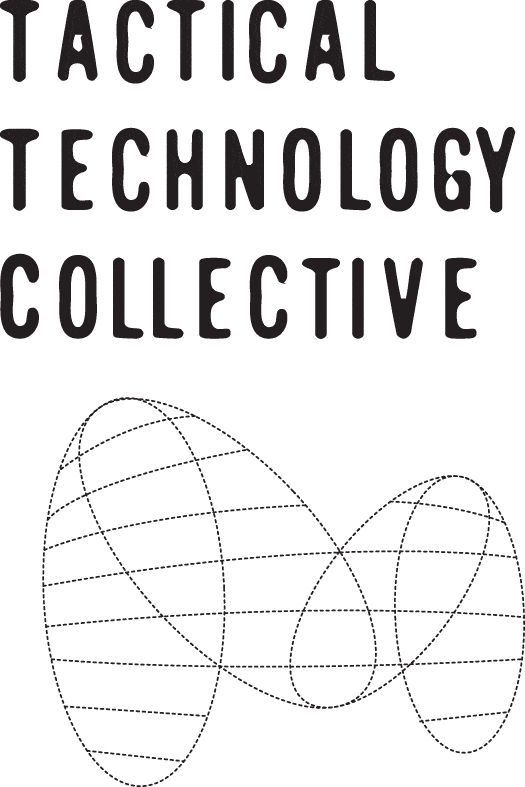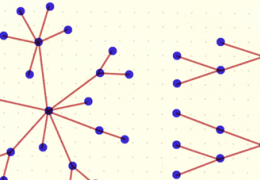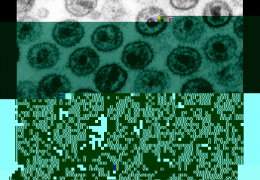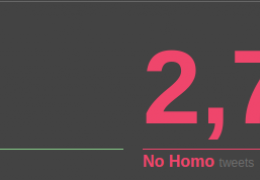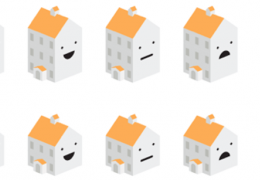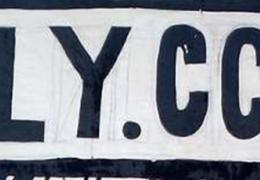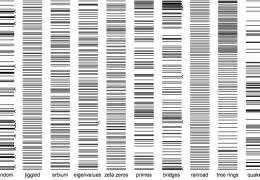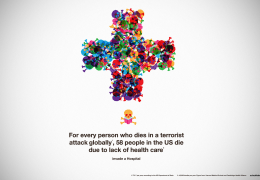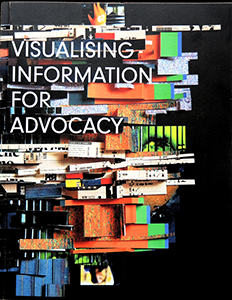By Melissa Ditmore with Maya Ganesh
October 26, 2015
For most of my career, I have worked with sex workers, people who use drugs, and transgender people around the world, primarily in Asia, Africa, and the United States. My experience gives me keen insight into ways information and data can be helpful for NGOs. But I’ve also seen the ways information about people can be used to harm them, especially people who do things that might be criminalized or whose very existence may be criminalized For the past three years, I have been working with ICASO, the International Council of AIDS Service Organisations, and the Civil Society Working Group on HIV, to advocate for the inclusion of human rights, and sexual and reproductive health and rights in the Sustainable Development Goals In this article, I want to talk about indicators and outline some of the risks associated with the data collection needed to support them.
A short, explanatory video from the London International Development Centre (LIDC) about the Sustainable Development Goals.
The United Nations is currently working to define a set of Sustainable Development Goals (SDGs), which establish targets for member states in areas as diverse as health, gender, climate, poverty and more besides. Progress towards these targets is evaluated by use of indicators – key statistics that show whether the goals are being reached or not.
These indicators are of interest to anyone who works in international development for a number of reasons. First, what gets measured is often a key factor in determining what gets done. The indicators are likely to shape the development landscape for a number of years to come. Secondly, the indicators represent an opportunity to measure actual progress, and to hold governments accountable. But as well as opportunities, there are risks associated with the use of indicators. The data collection required for indicators poses risks to the security and human rights of the people whose data is collected. It’s up to us, as members of the development community, to work to make the most of the opportunities and do what we can to reduce the risks.
Sustainable Development Goals
Historically, development has focused on low- and middle-income countries. In 2000, the United Nations created the Millennium Development Goals (MDGs), which concentrated on health and education, They included specific goals such as reducing maternal and child mortality, sending children to school, making life-saving medicines for HIV available, and more. The Rio Declaration set out climate goals in a separate process.
The timeline for the MDGs ran until 2015. UN member states have negotiated 17 Sustainable Development Goals that include 169 targets addressing health, gender, climate, poverty, and more. The SDGs are global. They will be applied both to developing countries and to rich countries in the global north. This is groundbreaking: in the United States, Washington, DC, the capital city, would be seen as ranking poorly on many scales including HIV prevalence, and maternal and infant mortality. We will see how development applies to countries that have primarily imposed standards on others.
The process of developing country indicators is an opportunity for NGOs to work with governments to ensure that what is measured is relevant and important. It is also an opportunity for NGOs to ensure that data is collected in ways that respect privacy and human rights, and this above all is an opportunity that must not be missed.
The risks of data collection
To illustrate the importance of handling data collection properly, consider the proposed HIV indicator. The most likely indicator will be the number of new HIV infections, also called “HIV incidence”. HIV advocates and activists have generally approved the choice of this measure as an indicator. However, to be useful, HIV data is typically broken down into groups that include men who have sex with men (MSM), transgender people, sex workers, and people who inject drugs (PWID). These are all groups of people who may be disproportionately affected by HIV. They are also people who are more likely than others to experience human rights violations, and people whose activities are often criminalized. That means that police and government are likely to take particular interest in this information. Epidemiological surveillance information, if not handled correctly, could make people vulnerable to government surveillance.
We have already seen examples of law enforcement and government using epidemiological data for things unrelated to health. Information about people involved in one health project in Nigeria that included transgender people and MSM was somehow shared with law enforcement. As a result, some of the people involved went into hiding. Others sought and received asylum abroad.
After another study about criminalized populations was conducted in one Middle Eastern nation, law enforcement demanded outright that the project organizers turn over the data, data including sensitive information such as the locations of the homes of participants.
The use of mass data to implement surveillance, known as dataveillance, is not just a risk in countries where the laws or culture are hostile to specific groups such as transgender people or MSM. In Sweden and Canada, for example, people living with HIV can face criminal charges and prison sentences if they engage in sexual activity. Health and gender indicators are often collected in health-care settings. In developed nations, that means that the data collected is likely to be stored electronically, perhaps as part of a medical record-keeping system. Yet security breaches involving such systems can and do happen. Given the risk of accidental or malicious data leakage and the potentially serious consequences in the form of harassment or even imprisonment for anyone whose data is leaked, the risks are significant.
To prevent this type of problem, data from specific groups must be handled with extreme care. Researchers often need to follow specific individuals over time, but collecting and storing potentially identifying information – full names, addresses, birthdays, even combinations of facts that could uniquely identify someone – can compromise or endanger subjects. To prevent this, researchers need to follow best practices for collecting and managing data in such a way as to preserve the anonymity of their subjects and informants.
This is an area where privacy advocates and members of movements such as the HIV or the sexual and reproductive health rights (SRHR) movements can contribute. The experience of these movements has helped to establish ‘best practices’ for collecting and storing data in such a way as to protect the anonymity and security of subjects and informants. The development of global- and national-level indicators and the data collection policies associated with them needs to draw on these lessons learned.
“ ...data and measurement are not the problem. Indeed, more precise and accurate data is essential to ensuring that assistance to disaster-affected communities is carried out in ways that are more effective, rights-enhancing and accountable. The problem lies in what is effaced once a data set becomes fixed as an 'indicator': once codified as such, the debates underlying what it means to provide quality assistance, to be accountable, and to ensure human rights tend to retreat from view.”
Satterthwaite, M (2011) Indicators in crisis: Rights based humanitarian indicators in post-earthquake Haiti. New York University Journal of International Law and Politics. Vol 43 No 4 Summer 2011
Adopting different practices
Despite the potential risks, advocates can find ways to use the SDGs to support and even to promote rights. For example, indicators on reproductive health and rights could measure countries that have laws and regulations that guarantee access to sexual and reproductive health services. This would also measure the absence of laws that prohibit or restrict access to SRH services, for example, without third party authorization or consent (from spouse, partner, parent, guardian or others). A similar indicator could be whether comprehensive sexuality education is included in national curricula as a measure of access to education or information. Indicators that address laws and policies would not jeopardize individual security.
Data can be used to identify which communities need the most attention and resources in development. Doing this well will require collecting the right data from affected communities, and doing so in ways that protect and promote the human rights of individuals and marginalized groups. To ensure the collection of relevant data, NGOs should work to influence the process of indicator selection at the national level. To ensure the human rights of those whose data is collected, NGOs should develop protocols including best practices for data collection, use, and storage. This is particularly important in the promotion of public-private partnerships (PPPs) in which private companies may control and use data beyond its initial intent.
In many places, health projects contribute to the data collected. In the best cases, NGOs do this without sharing any identifying information about individual participants. The easiest way to ensure this is not to keep identifying information. Additionally, ensuring that data is stored securely should involve encryption.
Civil society can learn more about data safety from Tactical Tech and from Engine Room’s Responsible Data Project. Stay in touch with community based groups and NGOs to evolve more respectful practices in the use of data for development.
Melissa Ditmore is a consultant specializing in issues of gender, development, health and human rights, particularly as they relate to marginalized populations such as sex workers, migrants and people who use drugs. She has written and edited numerous books and papers on sex work, drug use, and violence.
The glitched image used in the header of this article is a transmission electron micrograph of the HIV-1 from the Public Health Image Library
